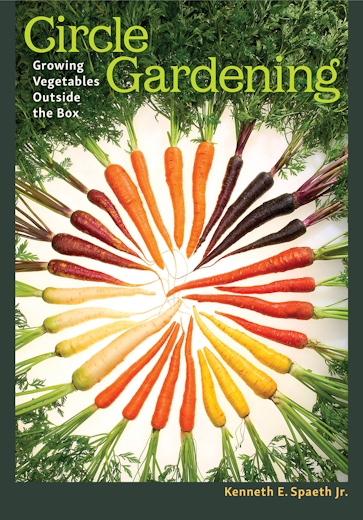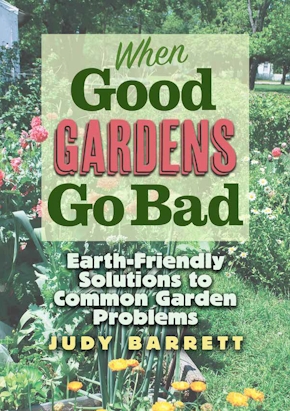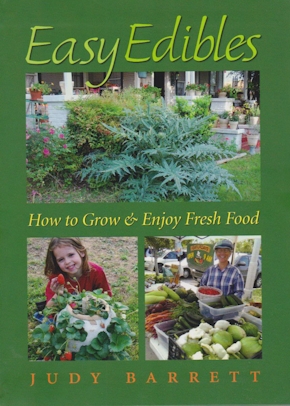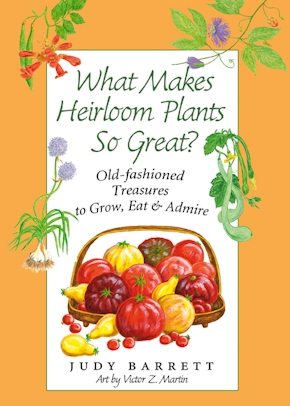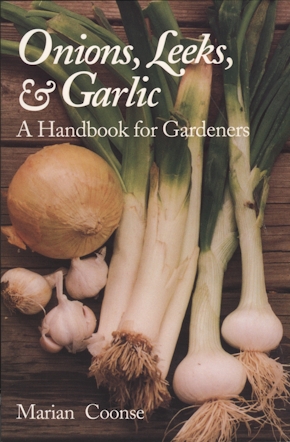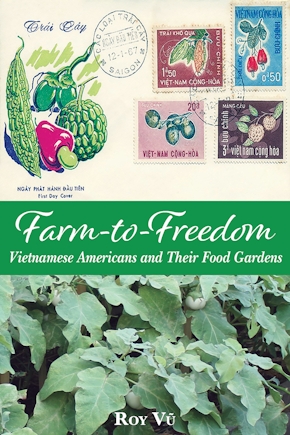Circle Gardening
Growing Vegetables outside the Box
978-1-62349-556-5 Flexbound (with Flaps)
7 x 10 x 0 in
388 pp. 85 color photos. 4 line art. 7
Pub Date: 01/29/2018
Available
Through years of experimentation, Spaeth has found circle gardening, an ancient method “as old as agriculture,” to be not only an efficient but also an aesthetically pleasing way to grow plants. By arranging them in a concentrated circle rather than in rows, gardeners are able to conserve compost, fertilizer, and water. Depending on the number of vegetables planted, this design can save time and be less physically demanding. The rationale for planting your veggies in a circle is scientific, too—many plants clump together in nature and thrive in groups, and so planting in circles actually mimics natural plant distribution.
There are other questions that befuddle expert and beginner gardeners, too: What is the difference between organic and conventional gardening? Are there significant pros and cons to each? What makes up the soil in a garden? Spaeth provides clear answers to these complex questions. The book also includes quick vegetable guides in the back along with information on composting, calculating fertilizer rates, and gauging soil health.
W. L. Moody Jr. Natural History Series
About the Author
Published by Texas A&M University Press
